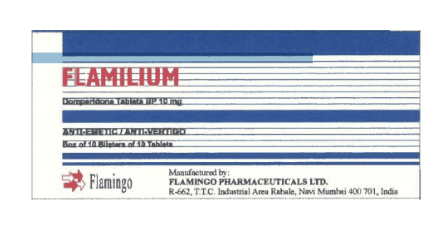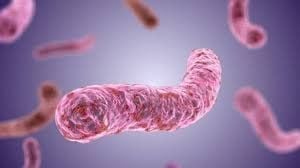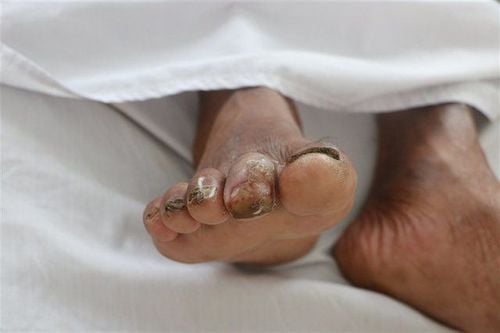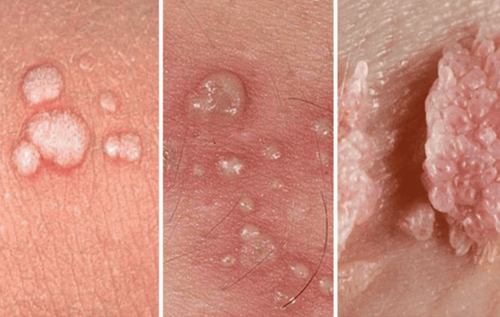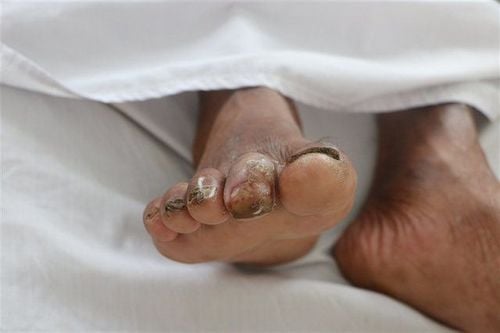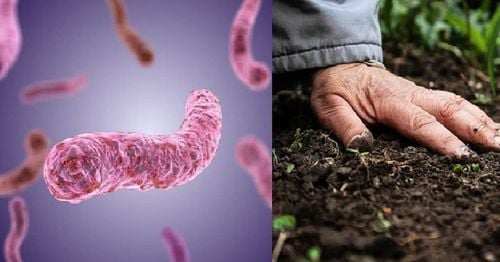This is an automatically translated article.
Whitmore's disease, also known as Melioidosis syndrome, is an acute infectious disease caused by the bacterium Burkholderia pseudomallei. Whitmore has a very diverse clinical picture, the disease progresses rapidly and can lead to death. In particular, the disease has a high mortality rate if the patient is not properly diagnosed and treated with appropriate antibiotics.1. Is Whitmore's disease contagious?
B. pseudomallei is a soil-dwelling bacterium, so the main route of infection for Whitmore's disease is through contact of broken skin with contaminated soil or water. In addition, the disease is also transmitted through the respiratory tract when breathing dust particles carrying bacteria in the wind, tornado before the rain. Several other studies have also shown evidence of the possibility of infection when eating foods containing bacteria.To date there is no convincing scientific evidence of human-to-human transmission or airborne transmission of diseases from animals to humans. Therefore, Whitmore's disease often occurs sporadically and sporadically rather than breaking out into an epidemic or large pandemic.
However, the disease can be passed from mother to baby through the milk ducts when the mother has a breast abscess caused by B. pseudomallei bacteria. Or transmitted by contact with skin abrasions with dead animals infected with Whitmore's disease such as dogs, cats, cows, goats...

Con đường lây nhiễm chính của bệnh Whitmore là qua tiếp xúc các vết trầy xước trên da với đất hoặc nước có nhiễm vi khuẩn
2. The time when Whitmore's disease broke out
Approximately 70% of whitmores are hospitalized between September and November each year. Several hundred cases of Whitmore's disease were detected after a relatively short period of testing the disease in hospitals. The majority of patients are farmers, usually between the ages of 50 and 70, with underlying medical conditions such as diabetes or chronic lung and kidney diseases. Patients often present with bacteremia and pneumonia on admission.The spike in the number of cases during September, October and November is completely similar to studies in other endemic regions of the world because the number of Whitmore cases is closely related and proportional with annual rainfall.
3. Why is Whitmore's disease dangerous?
Of the cases of whitmore disease, 90% of patients present with sepsis and pneumonia, half of whom are at risk of complications from septic shock and death.However, this is a disease that is being “forgotten” in Vietnam. The reality shows that many clinicians do not know and are not alert to the disease, many subclinical microbiologists are still untrained and do not have the disease testing process. After only a short time of being instructed in the testing process, many hospitals discovered the first cases of whitmore. Whitmore is just being forgotten, not a strange disease and a new disease reappears, people should not panic about this disease.
In fact, Whitmore infection or Melioidosis syndrome has a diverse and complex clinical presentation, which is not specific, making it difficult for doctors to diagnose the disease based on clinical signs.
Doctors often misdiagnosed Whitmore with other diseases such as pneumonia, tuberculosis, muscle abscess, sepsis caused by other bacteria such as staphylococcus, streptococcus... However, even when diagnosed With accurate diagnosis, treatment is also extremely difficult because intravenous antibiotics (usually ceftazidime) must be administered during the high-dose attack phase, which continues for at least 2 to 4 weeks. After that, the patient must continue to take antibiotics for another 3 to 6 months.
The disease is easy to recur, the patient's health is easily exhausted due to the disease recurring many times or when the treatment regimen is not correct. Currently, Whitmore does not have an effective vaccine against the disease.
4.Who can get Melioidosis?

Khoảng 35% trẻ nhiễm bệnh có biểu hiện viêm mủ tuyến nước bọt mang tai khiến nhiều người lầm tưởng là quai bị
About 35% of infected children have symptoms of purulent inflammation of the parotid salivary glands, making many people mistaken for mumps, 65% have other symptoms such as pneumonia, abscesses in the spleen, kidneys... or have pustules on the skin, especially on the head, face, and neck. In adults, most patients with the disease will present with pneumonia with sepsis, cystitis, pus-filled blisters on the skin, and in some cases, myositis or meningitis.
People are at high risk for Whitmore's infection not only in people with weakened immune systems like HIV patients. People with the highest risk of infection are people with diabetes, alcoholics, or people with chronic kidney and lung disease.
Please dial HOTLINE for more information or register for an appointment HERE. Download MyVinmec app to make appointments faster and to manage your bookings easily.




